-
Loveykins by Quentin Blake Picture Book Analysis
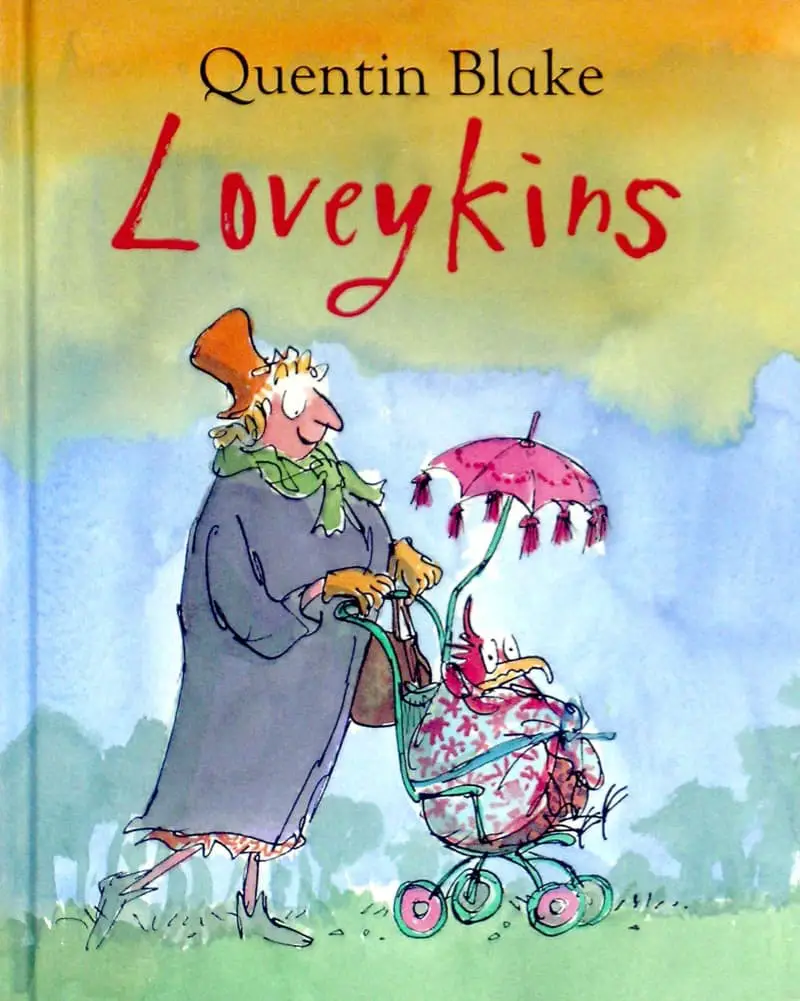
The ideology behind Loveykins: Wild creatures, while sometimes requiring some human nurturing if abandoned by their mother as babies, must eventually be returned to the wild. There is also a message against ‘over-mothering’ in this story. Let wild creatures be wild creatures is a close cousin to ‘let kids be kids’. Another picture book with…
-
Olivia And The Missing Toy by Ian Falconer (2003) Analysis
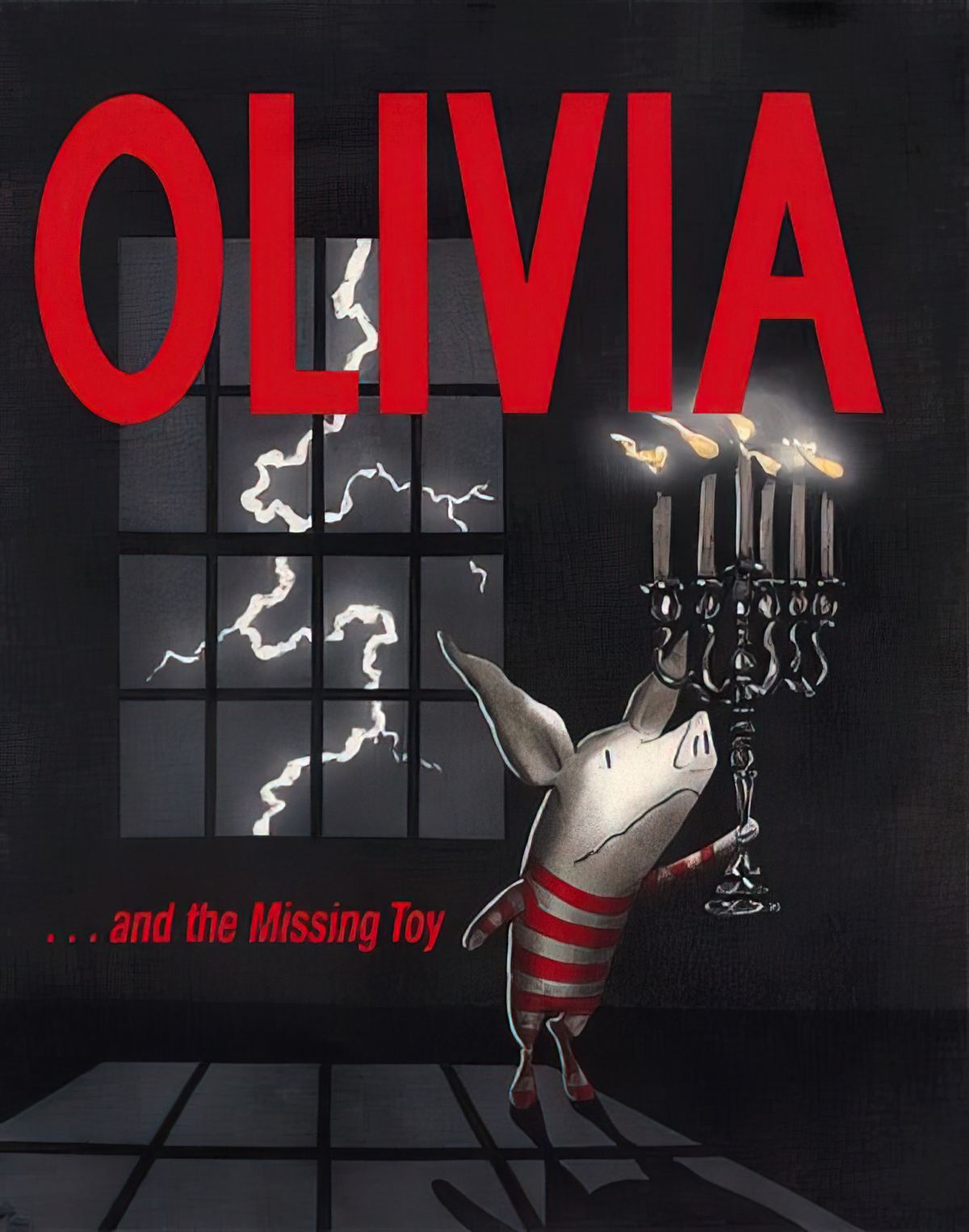
Olivia and the Missing Toy by Ian Falconer shows Olivia the Pig at her most bratty, and her parents at their most indulgent. There are several versions of the book cover of Olivia and the Missing Toy, and the dark one is the scarier of the two. The other is mostly white space, in keeping…
-
The Soviet Union Children’s Books
Best Loved Books In The Former Soviet Union General Notes The early Soviet period was a miraculously rich time for children’s books and their illustrations. Philip Pullman To generalise about the young Russian/Soviet Union reader Pseudo-conflicts drive the plots Conservative attitudes in the Soviet Union publishing industry But that’s not what the young Russian reader wants…
-
Ocean Symbolism In Storytelling
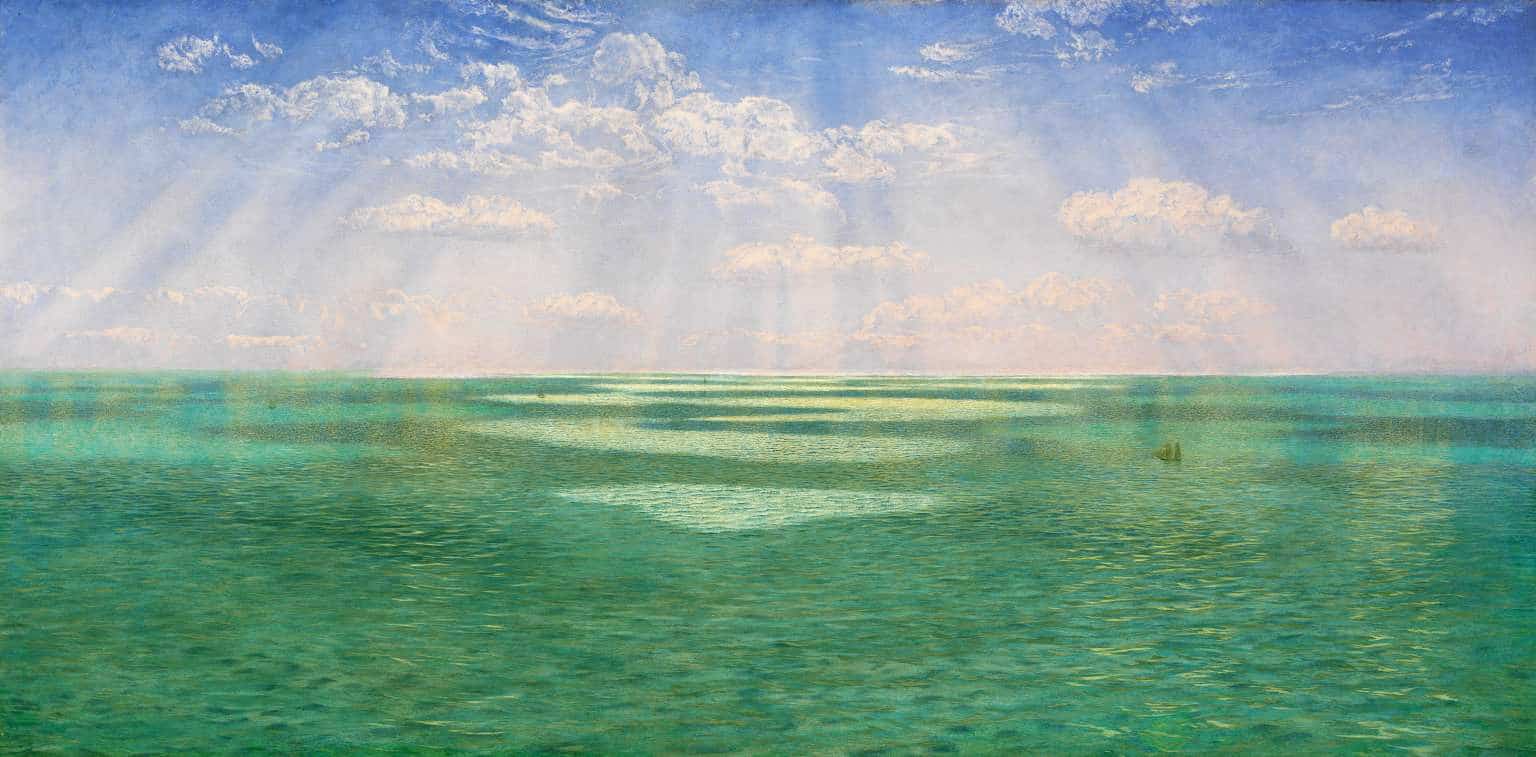
The ocean contains multivalent symbolism — the known and the unknown; surface versus deep. The circle is closed. Nothing ever comes to an end. Wherever one has sunk roots that emanate from one’s best or truest self, one will always find a home. To return is not to revisit something that has failed. I can…
-
The Reflection Character In Storytelling
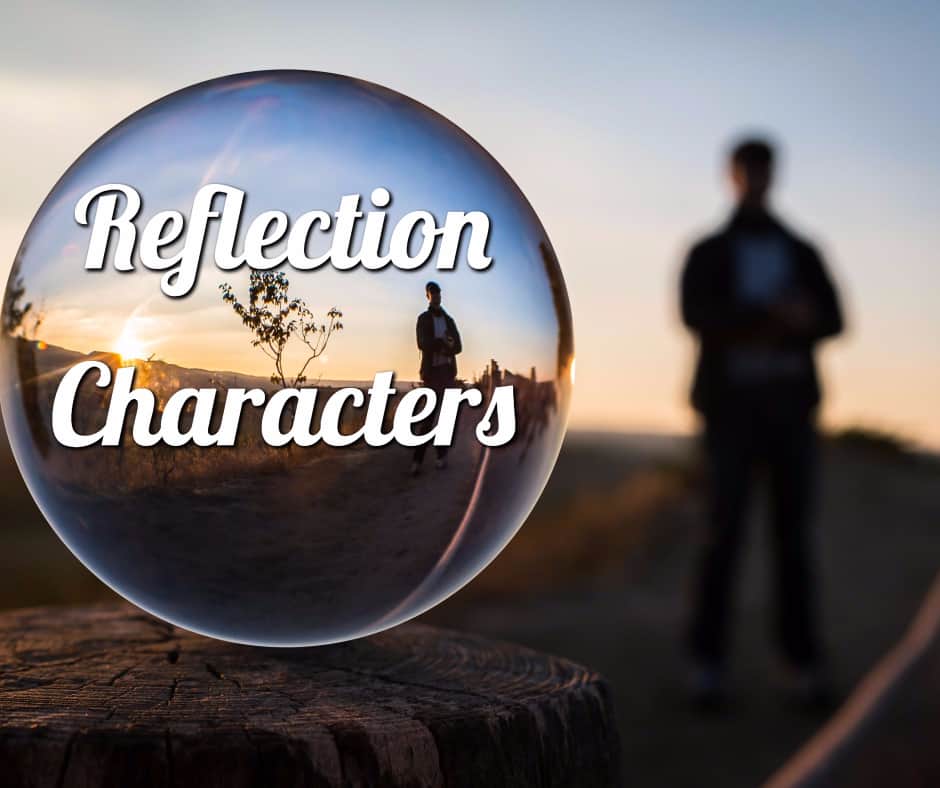
You may have heard of the ‘shadow in the hero’ when creating a character web for a story. Shadow in the hero describes a relationship between opponents. But what if two very different characters bring out the best in each other? What do you call that? What Is A Reflection Character? This is my term…
-
Fog Symbolism
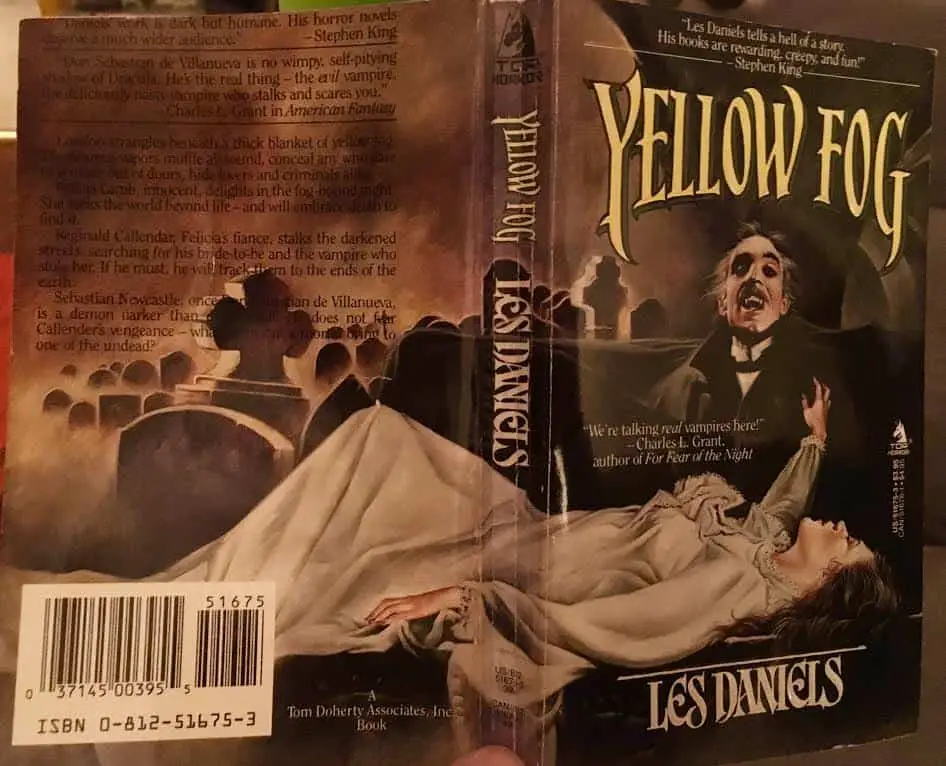
In stories and in art, fog and mist symbolises a variety of related things: obfuscation, mystery, dreams, confusion and a blurring between reality and unreality. First, a description of fog from classic literature: Fog everywhere. Fog up the river, where it flows among green aits and meadows; fog down the river, where it rolls defiled…
-
Picnics In Art and Storytelling
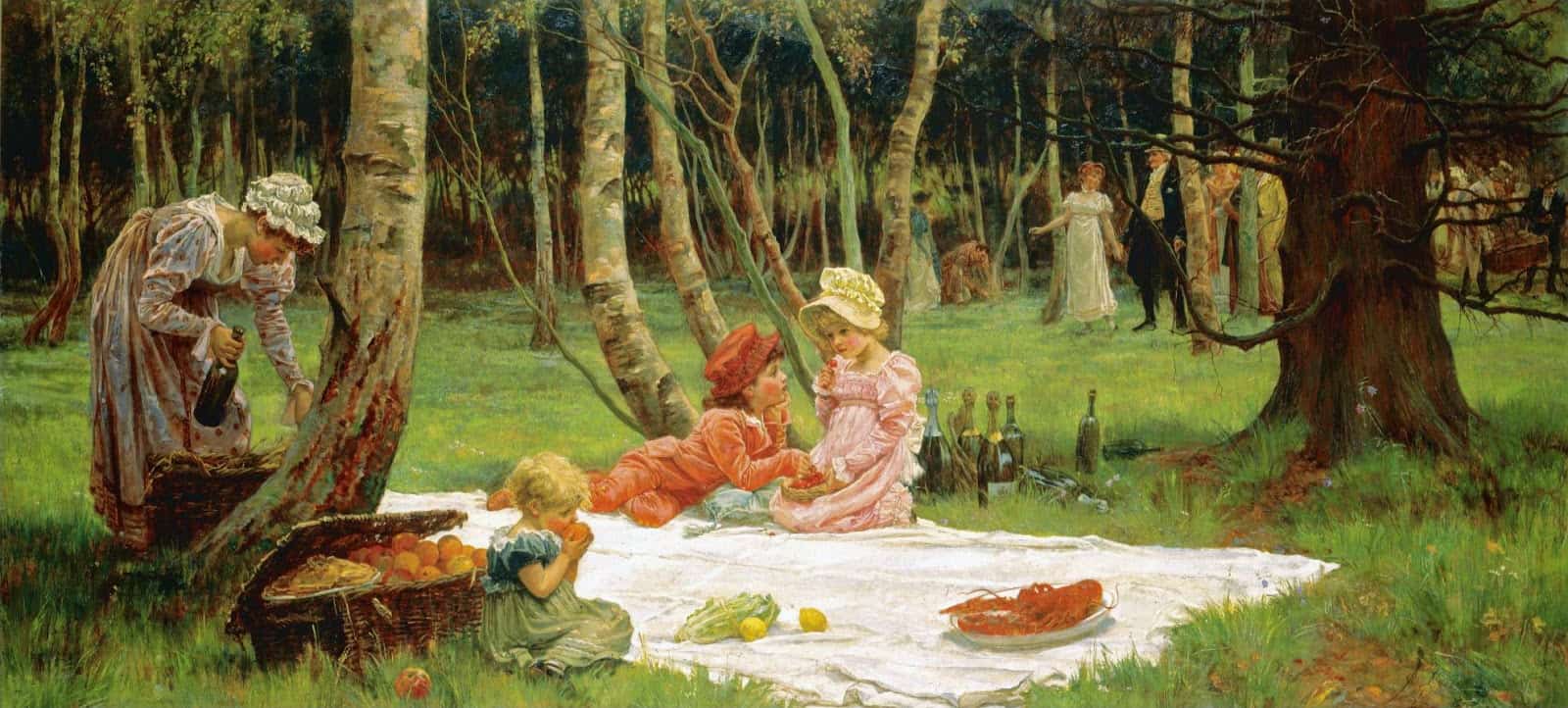
Picnics — literal picnics — play an important role in Western children’s literature. When discussing children’s literature, ‘picnic’ has a different, related meaning.
-
Aerial Perspective In Picture Books
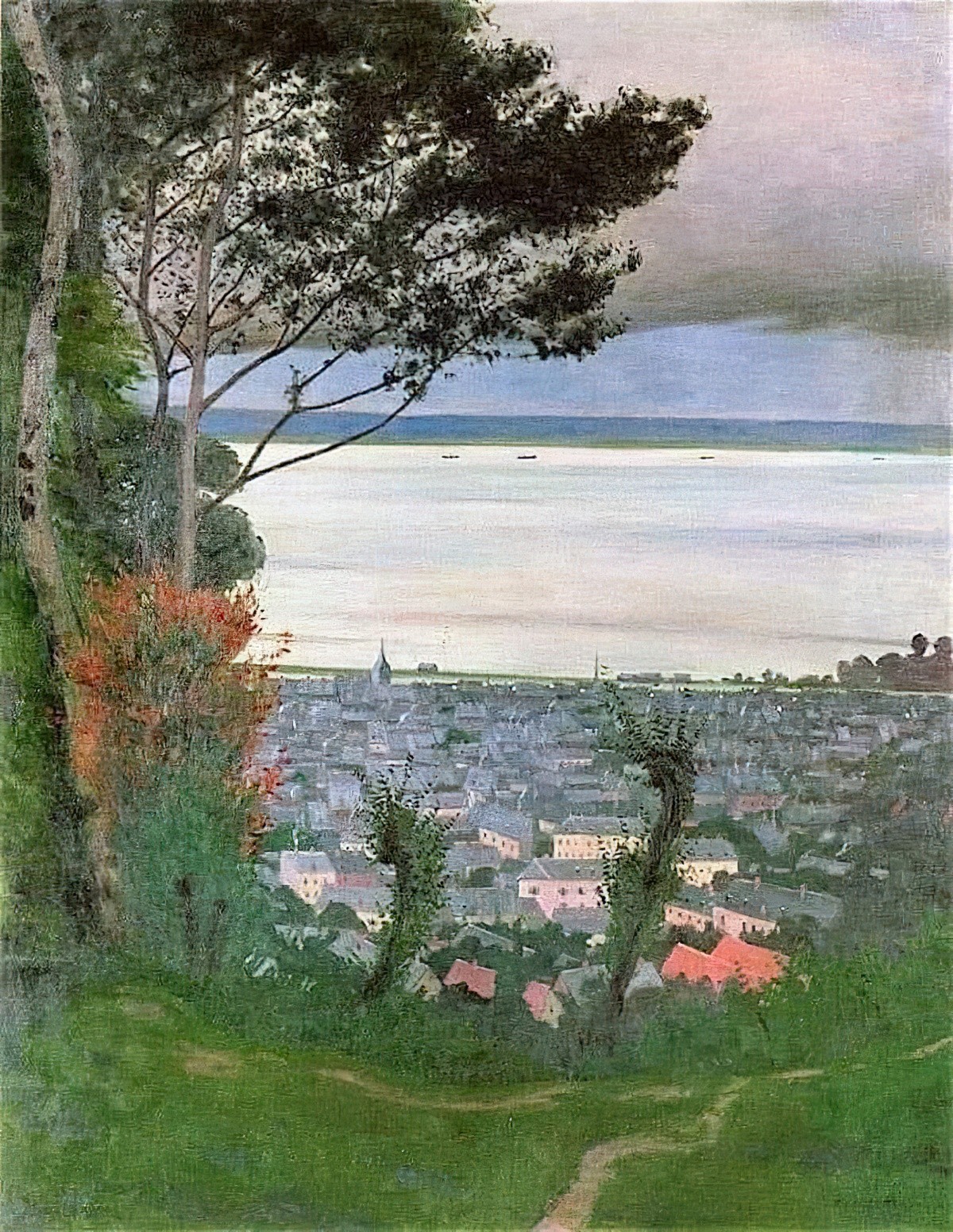
When looking at an image, how does the viewer get a sense of depth? The artist can add depth to an image using various tricks.
-
Writing Activity: Describe A Classroom
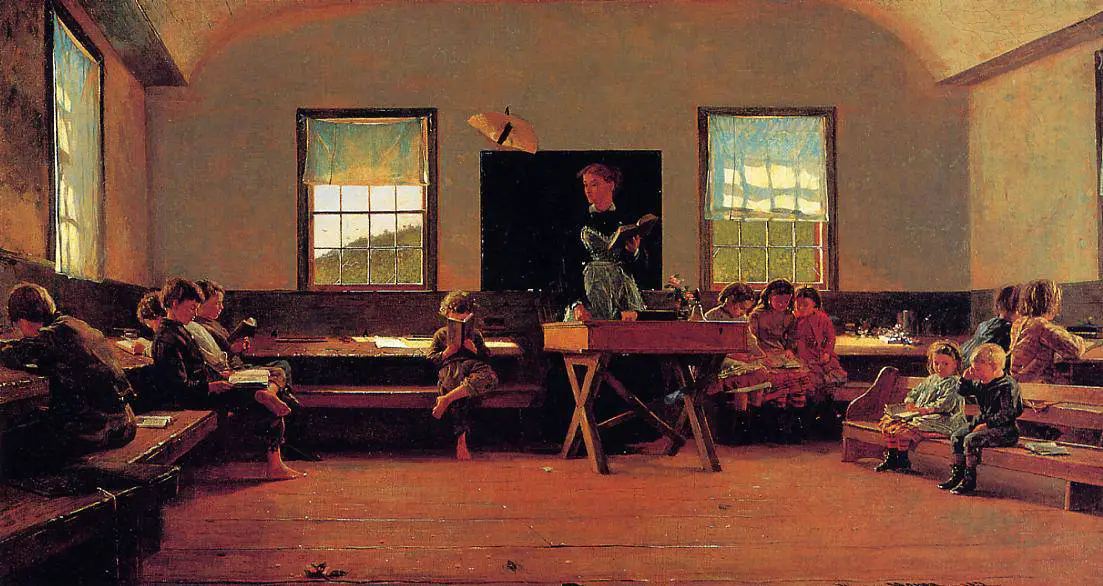
Describe a classroom is the perfect writing activity for schools. Maybe you’re in a classroom right now. If so, you can write about that. If not, you can imagine any sort of classroom you like. It may be one classroom in particular, or it may be an amalgamation of several, or of all the classrooms you’ve…
-
Common Wish Fulfilment In Children’s Fantasy
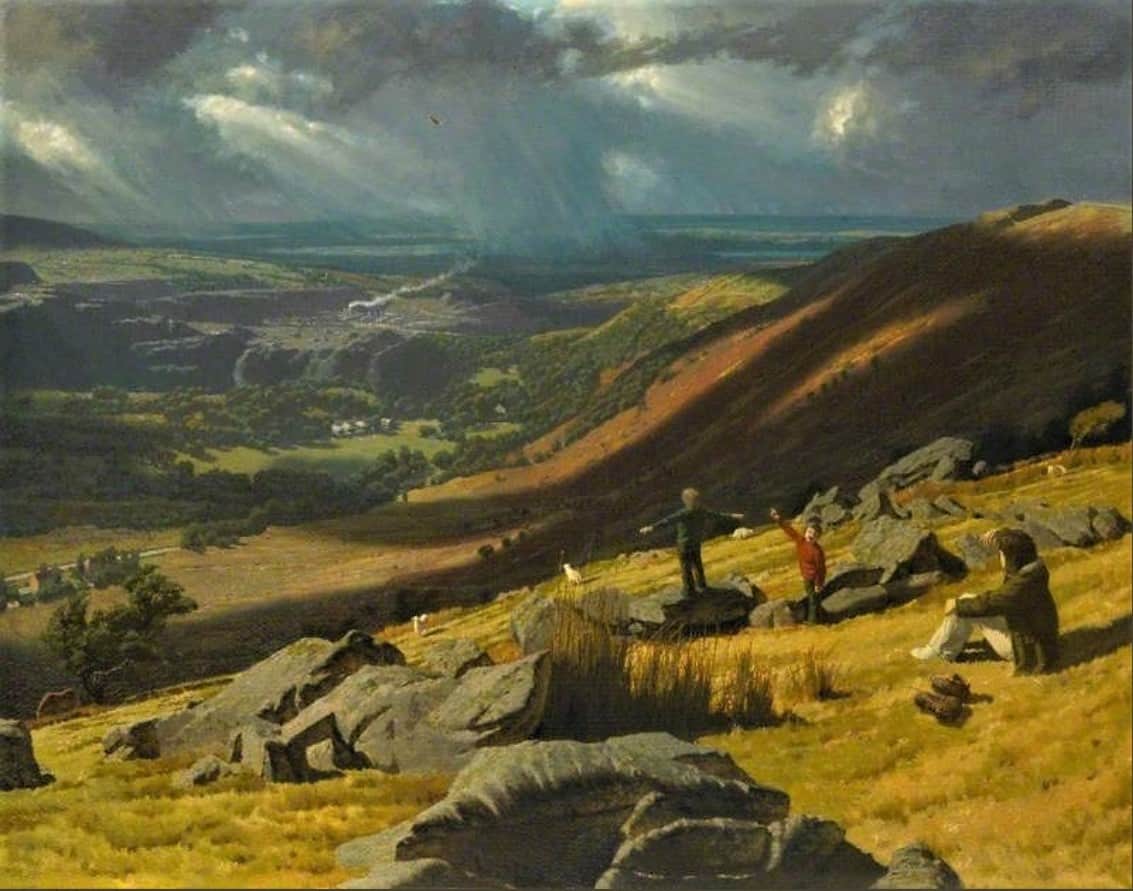
Genre fiction and children’s fiction often functions to allow the reader to experience a particular form of fantasy. Some wishes are considered more worthy than others. FIVE CHILDREN AND IT The classic book that is entirely about what happens when you wish: Five Children and It, by E. Nesbit, published 1902. Nesbit had a firm grasp…
-
Moon Symbolism In Storytelling
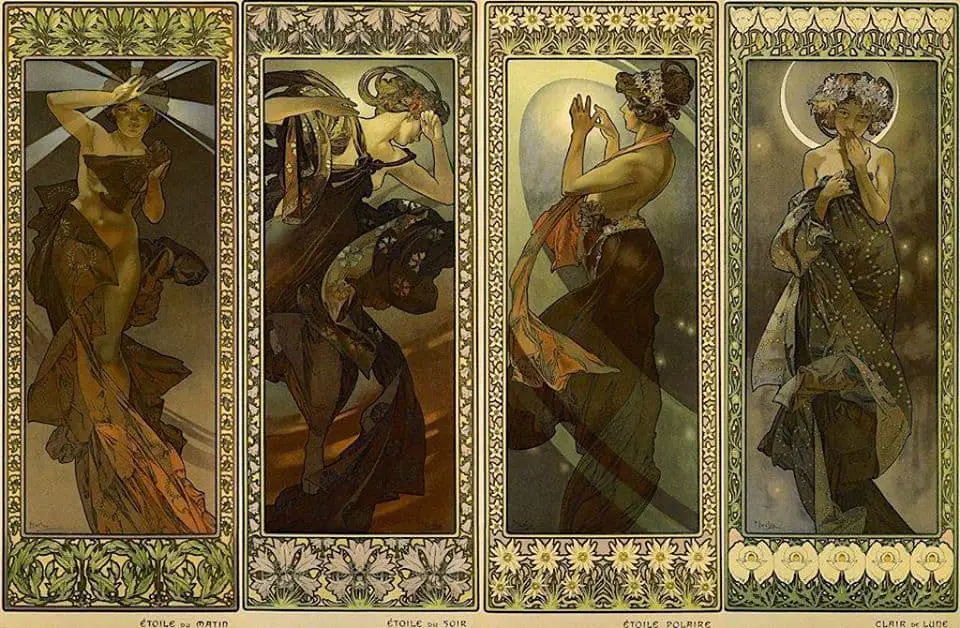
They wouldn’t be so cocky if they knew what me and the moon have going. Ken Kesey, One Flew Over the Cuckoo’s Nest OVERSIZED MOONS There is a rule that moons in picture books must be bigger than the look in real life, from anywhere on Earth. I didn’t fully realise this was a rule…
-
Still Images In Picturebook Illustration
The ability to depict movement is perhaps the most important skill of a picture book illustrator. The same goes for comic book illustrators. But not everything is all about movement. Although a professional illustrator has to be good at depicting movement, there is a time and a place for ‘stills’, even inside ‘high-movement’ stories. Below I take a…
-
Panoptic Narrative Art In Picture Books
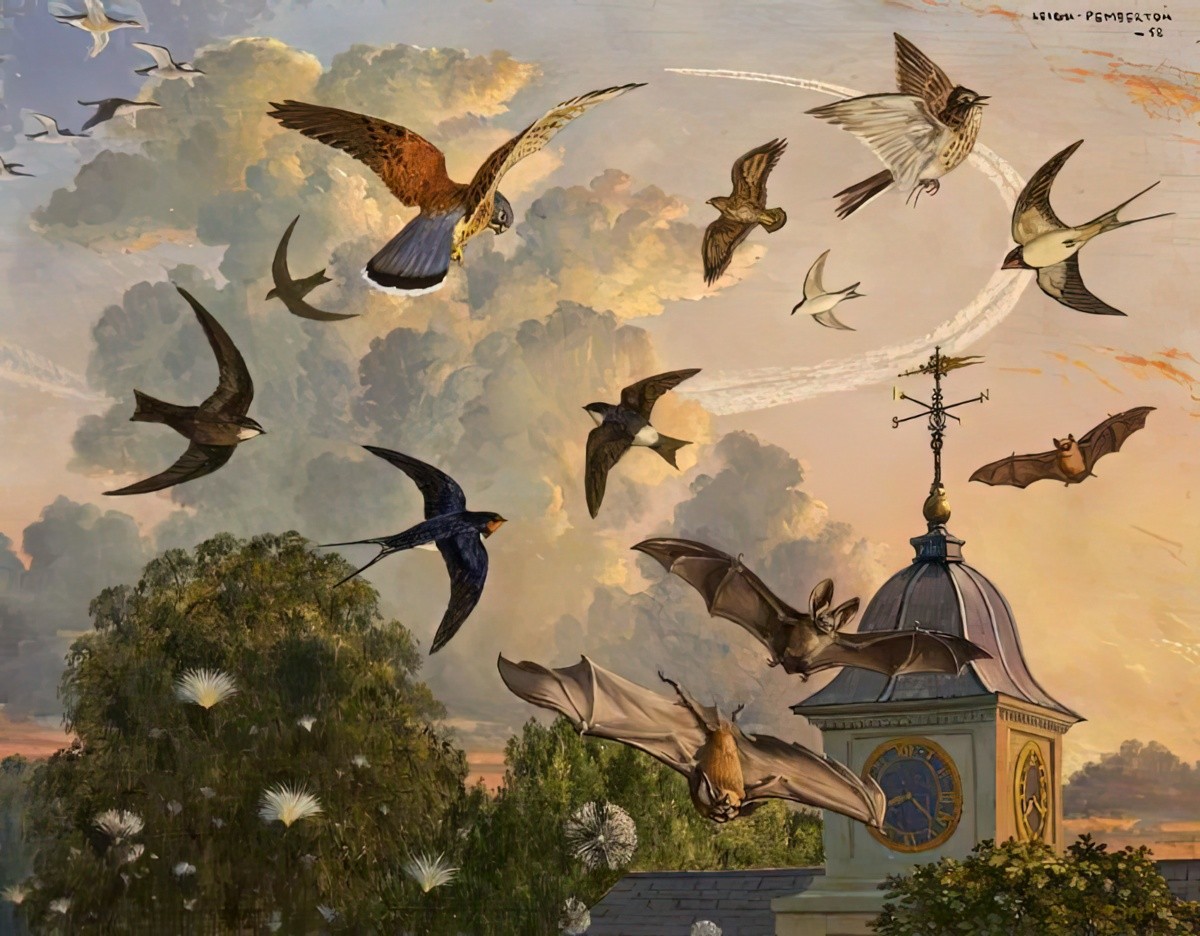
Let’s say there are 7 main categories of Narrative art. Narrative art is art which tells a story. Panoptic refers to ‘showing or seeing the whole at one view’. Panoptic narrative art is often a bird’s eye view. The ‘camera’ is above. This is the art world’s equivalent of an all-seeing (omniscient) narrator. Panoptic and panoramic…
-
Composing The Thumbnails Of A Picture Book
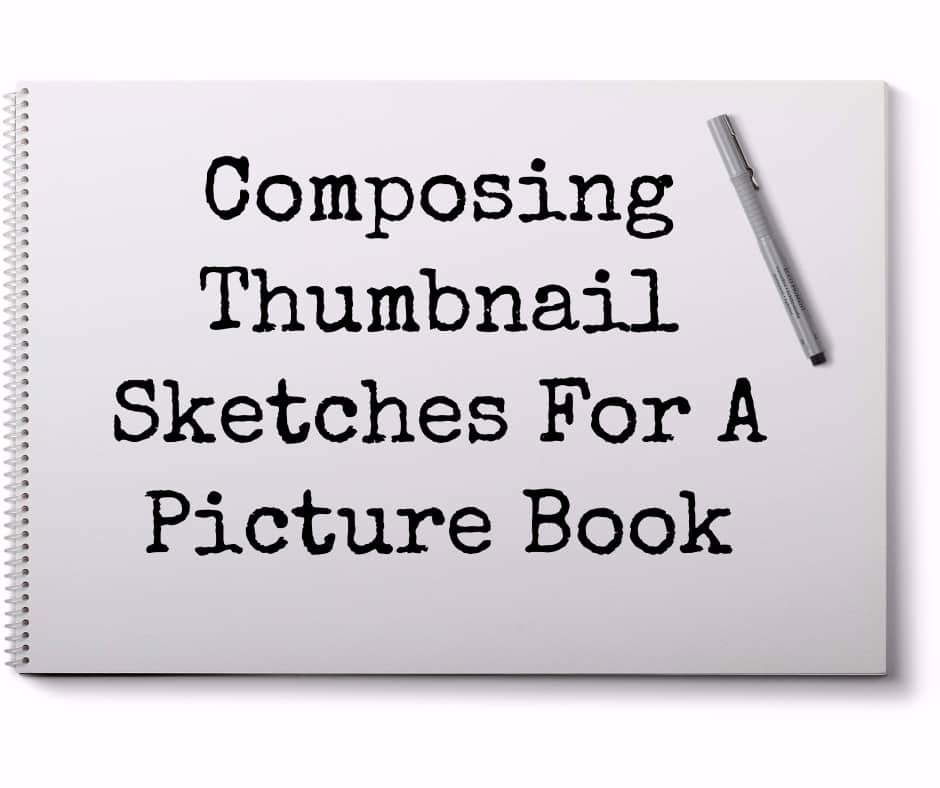
How do you go about the task of mocking up a picture book? Most picture book illustrators make a dummy of thumbnails, to check the story flows well. Many writers (who are not also illustrators) find this a helpful practice, too. The following notes are from Framed Ink: Drawing and composition for visual storytellers by…
-
Levels of Detail In Literature
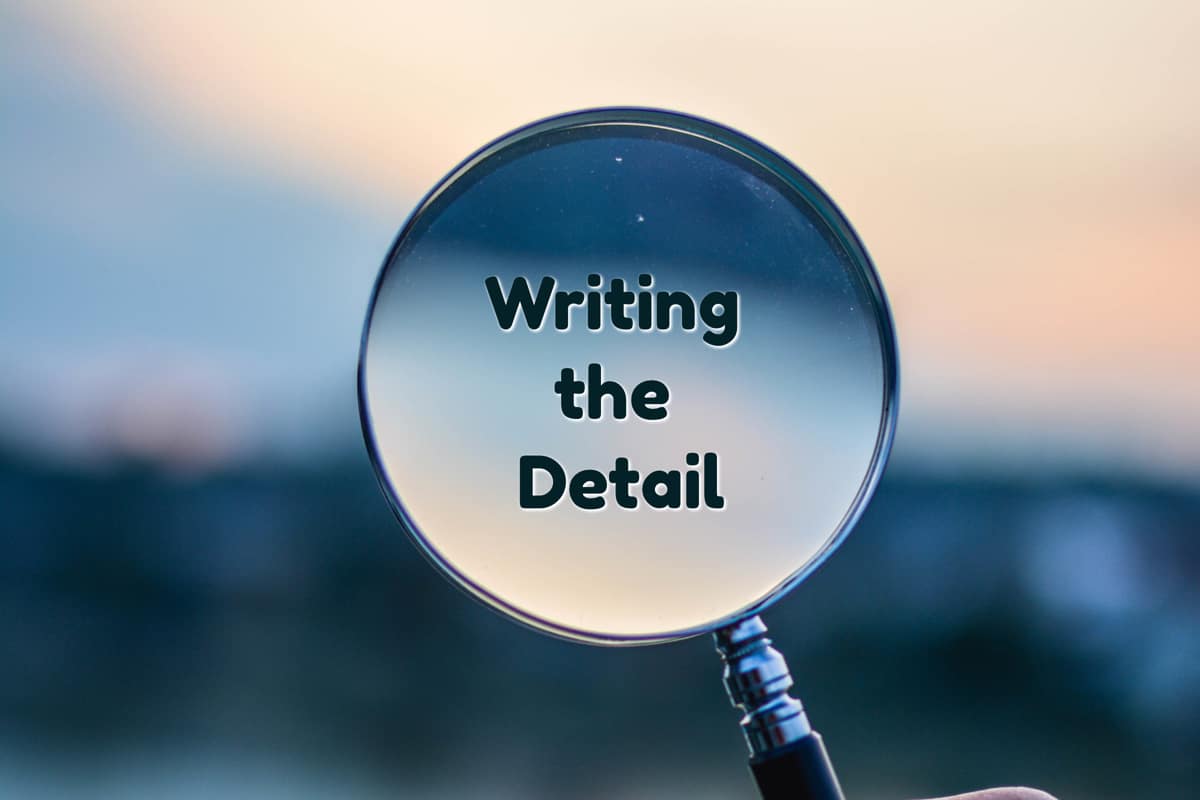
The first job of the storyteller is to decide what to leave out and what to include in the narrative. To spot a liar, ignore everything except the level of detail in a person’s story, new research suggests. This One Strategy Will Reveal if Someone’s Lying With 80% Accuracy, Study Finds In terms of sexual…